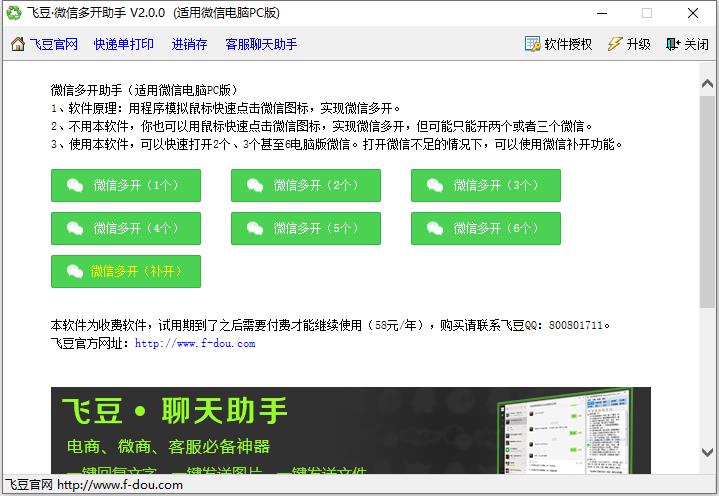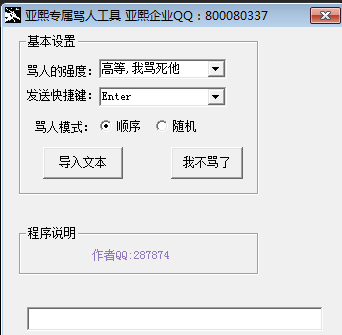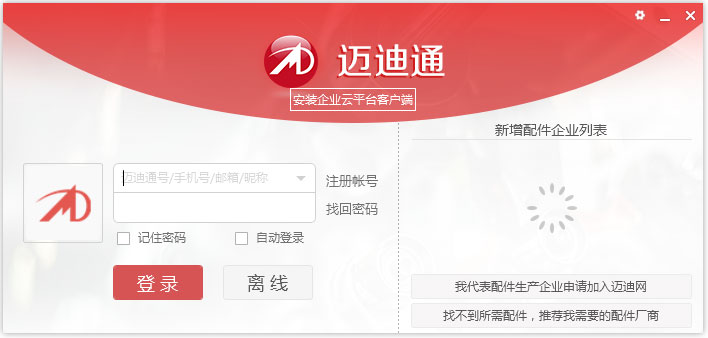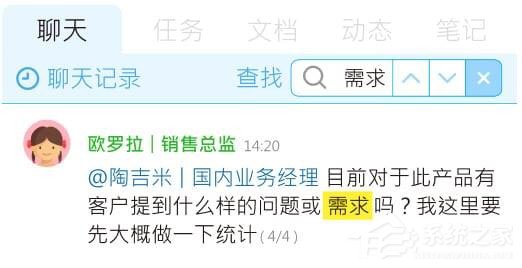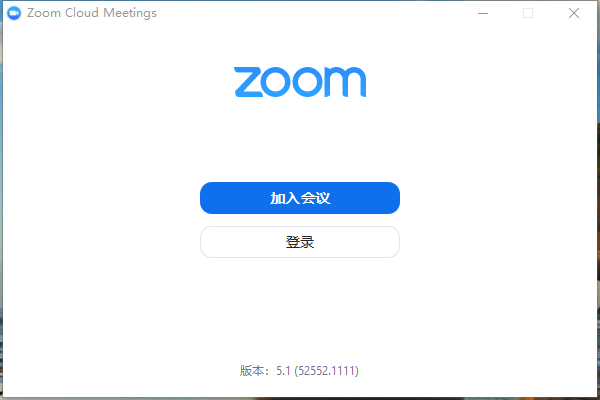golang实现python字典
时间:2023-05-13 14:10
在编程中,使用Python字典是很常见的数据结构之一,其主要功能是将键映射到值。而在使用Golang时,由于其为静态类型语言,不支持像Python中那样的字典类型。因此,在某些场景下需要实现一个类似于Python字典的数据结构。本文将介绍Golang中实现Python字典的方法。 一、实现Python字典 在Python中,字典主要是使用哈希表实现的。哈希表具有O(1)的查找效率,当需要进行插入、删除、查找等操作时,哈希表都能快速地完成。而在Golang中,可以通过结构体和map来实现类似于Python中字典的数据结构。 通过定义一个结构体,结构体中包含了键值对的数据结构,就可以实现类似于Python中字典的功能。然后,实现对应的方法,如插入、删除和查找函数,以完成字典的操作。 上述代码中,结构体Dict中定义了一个键值对的map,实现了Set、Get、Remove、Contains和Len方法。其中,Set方法用于插入键值对,Get方法用于根据键获取值,Remove方法用于删除键值对,Contains方法用于判断是否包含某个键,Len方法用于获取字典的长度。 map是Golang中内置的类型,其底层也是使用哈希表实现的。通过使用map类型,同样可以实现类似于Python中字典的功能。 上述代码中,定义了一个类型为map[interface{}]interface{}的别名Dict,在结构体中实现了Set、Get、Remove、Contains和Len方法。其中,Set方法用于插入键值对,Get方法用于根据键获取值,Remove方法用于删除键值对,Contains方法用于判断是否包含某个键,Len方法用于获取字典的长度。 二、测试代码 接下来,我们来编写测试代码,验证实现的字典是否具有对应的功能。 测试代码中包含两个部分,分别对应基于结构体和map实现的字典。首先,向字典中插入键值对,然后获取值,验证value是否正确。接着,删除某个键值对,验证字典长度是否发生了变化。 三、总结 通过上述的例子,我们可以看出,在Golang中使用结构体和map可以实现类似于Python中字典的功能。实现方法主要有基于结构体和基于map。无论哪一种实现方法,都需要注意哈希冲突等问题,以保证其稳定性和效率。同时,我们也可以通过实现这些基础数据结构,更好地理解其实现原理和使用方法。 以上就是golang实现python字典的详细内容,更多请关注Gxl网其它相关文章!type Dict struct { items map[interface{}]interface{}} func NewDict() *Dict { return &Dict{items: map[interface{}]interface{}{}}} func (d *Dict) Set(key, value interface{}) { d.items[key] = value} func (d *Dict) Get(key interface{}) (interface{}, bool) { value, ok := d.items[key] return value, ok} func (d *Dict) Remove(key interface{}) { delete(d.items, key)} func (d *Dict) Contains(key interface{}) bool { _, ok := d.items[key] return ok} func (d *Dict) Len() int { return len(d.items)}type Dict map[interface{}]interface{} func NewDict() Dict { return make(map[interface{}]interface{})} func (d Dict) Set(key, value interface{}) { d[key] = value} func (d Dict) Get(key interface{}) (interface{}, bool) { value, ok := d[key] return value, ok} func (d Dict) Remove(key interface{}) { delete(d, key)} func (d Dict) Contains(key interface{}) bool { _, ok := d[key] return ok} func (d Dict) Len() int { return len(d)}func TestDict(t *testing.T) { // 基于结构体实现字典 d := NewDict() d.Set(1, "hello") d.Set("world", "golang") if v, ok := d.Get(1); !ok || v != "hello" { t.Errorf("expect: hello but get: %v", v) } if v, ok := d.Get("world"); !ok || v != "golang" { t.Errorf("expect: golang but get: %v", v) } d.Remove("world") if d.Contains("world") { t.Errorf("should not contain key: world") } if d.Len() != 1 { t.Errorf("expect length: 1 but get: %v", d.Len()) } // 基于map实现字典 dict := NewDict() dict.Set(1, "hello") dict.Set("world", "golang") if v, ok := dict.Get(1); !ok || v != "hello" { t.Errorf("expect: hello but get: %v", v) } if v, ok := dict.Get("world"); !ok || v != "golang" { t.Errorf("expect: golang but get: %v", v) } dict.Remove("world") if dict.Contains("world") { t.Errorf("should not contain key: world") } if dict.Len() != 1 { t.Errorf("expect length: 1 but get: %v", dict.Len()) }}
